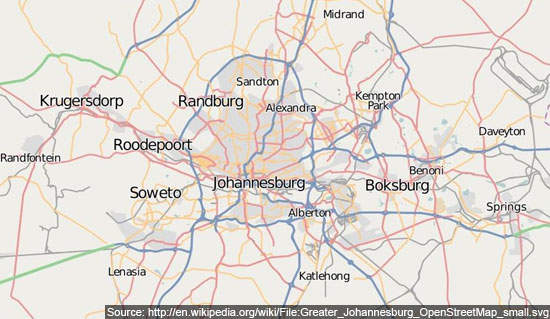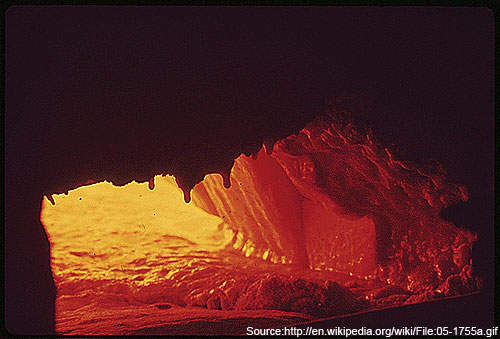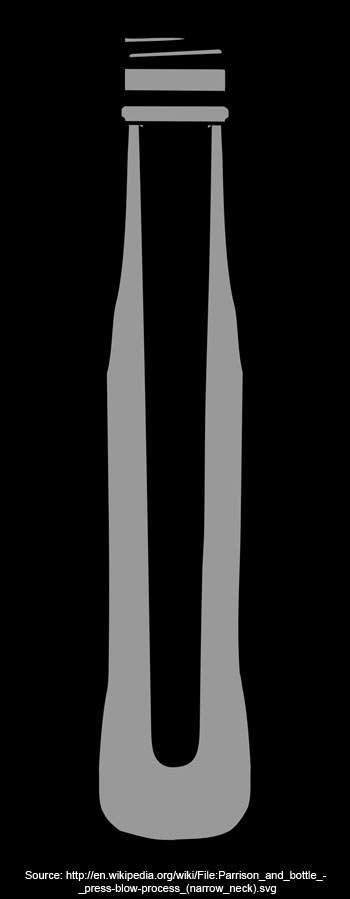Nampak Wiegand Glass has been running a glass bottle-manufacturing unit in Roodekop in the Alberton region of Greater Johannesburg since 2005. The facility supplies glass bottles and containers for the beverage and food markets. Nampak Wiegand Glass is a 50:50 joint venture between Wiegand-Glas and Nampak.
The Roodekop factory has two furnaces and seven production lines. It produces 175,000t of glass a year at full capacity and 14 million bottles per mould set.
It also has an in-house bottle design and testing centre and a waste glass-recycling unit that was inaugurated in March 2010.
In the ongoing effort to enhance the production capacity, the company rebuilds its melting furnaces once in every ten years. In April 2011, Nampak Wiegand announced it would rebuild the second furnace as it was nearing the end of its useful life.
Estimated to involve a capital cost of R500 million, the new furnace will result in increased bottle manufacturing capacity and improved bottle forming equipment. It is expected to become operational in early 2012.
Plans for constructing a third furnace at a cost of R1 billion are now in the advanced stages. Nampak is carrying out discussions with customers to support the construction of the third furnace.
In November 2011, Nampak announced the acquisition of a 50% interest in the plant from Wiegand-Glas for R938 million. The transaction, which is part of Nampak’s aim to focus on its core businesses, is subject to regulations. Wiegand-Glas will continue to provide technical assistance for the plant.
Background to the joint venture furnace project
The first and second furnaces were built by Metal Box (MB) Glass Works in 1983 and 1986 respectively. Nampak took over MB in 2003 and entered a joint venture agreement with Germany-based Wiegand Glas in 2005.
The agreement was entered with the objective of boosting the existing Nampak facility by upgrading and enhancing the production facilities and expanding the capacity.
Between 2005 and 2008, the company made significant investments, to the tune of R320 million, towards the rebuilding of the first furnace and importing of narrow neck press and blow technology from Emhart. The new rebuilt furnace increased the daily production volume by 20%.
Equipment installed at Nampak Wiegand Glass’s complex
The Roodekop facility features state-of-the art automatic inspection equipment such as Mcal 3 sidewall inspection, MCF Base Inspection Multi 3 and MSC check equipment.
The Mcal 3 sidewall equipment checks any defects or stress in the glass and the MCF Base Inspection Multi 3 detects the base of the glass to once again check any defects or stress in the glass bottle.
The MSC machine checks the bottle entirely to detect any cracks, leaks and uniform thickness and roundness of the bottle.
Process employed at the South African glass bottle-manufacturing unit
Nampak Wiegand manufactures bottles using raw materials such as silica sand, soda ash, limestone and recycled glass. The raw material is fed into the 1,400 degree temperature furnace to make molten glass.
The molten glass flows down through the neck of the furnace, called forehearth, where it forms individual gobs.
The gobs are dropped on the moving track through tubes to form a parison. Parison is a short bottle with thick walls, which is transferred to the final mould of mix cheer of iron. Air is blown into the mould until it takes the final shape of a bottle.
The shaped bottles are sent for annealing where they are heated in the oven and gradually cooled down to remove the stress and strains.
The bottles are then sent for two level inspection. In the first level, automatic inspection machines are used. The second level involves human intervention wherein the pre-determined samples are examined in the annealing oven known as lehr.
Glass containers from the lehr are placed on to the conveyors that transport them to strategically placed automatic inspection equipment. The sidewalls, bottom and the finish are detected using cameras at a rate of more than 150 bottles a minute.
After clearing the inspection tests, the bottles are conveyed on to the automatic packaging machine for palletising. The bottles are stacked on a specified sized pallet and separated by Masonite divider board that measures 1.5m tall per pallet.
Pallets are labelled by the operator for identification and to provide bar-code information to Nampak Wiegand’s JDE integrated system.
Technology used at Nampak Wiegand Glass’s Roodekop facility
The narrow neck press and blow (NNPB) is the most advanced technology used in the bottle manufacturing industry. This technology is very similar to the wide mouth press and bow. However, the plunger in the blank mould will be of small size.
NNPB increases the overall productivity and reduces the weight and bottle variations while reducing the overall production cost.






